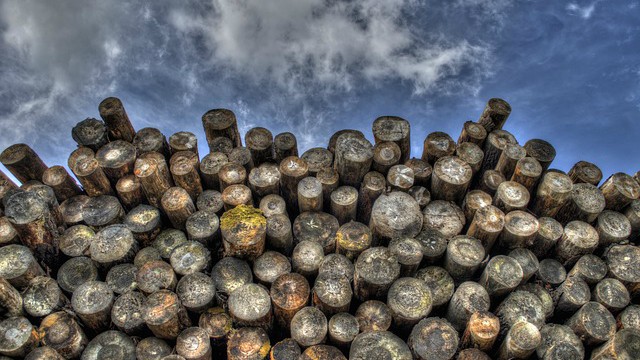Canadian producer of wood-based panels Norbord Inc. (TSX:OSB)(NYSE:OSB) has soared to 52-week highs recently, off continued strong demand and pricing for its products. The stock has a one-year return of 56%.
The company is clearly benefiting from the strength in U.S. housing, but also from strength in Europe, despite a weaker economic backdrop. Europe accounts for 20% of Norbord’s revenue, so it provides nice diversification for the company.
Norbord’s profitability is top notch, with operating margins in the 20% range, net margins at just north of 13%, and a significantly improving free cash flow profile. In the second quarter of 2017, the company reported free cash flow of $104 million compared to $93 million in the prior year — a 12% increase.
The company also pays a dividend of $2 per share for a dividend yield of 3.92%.
If we expect the U.S. housing market to continue its slow and steady recovery, then Norbord should continue to do well.
Another company that has been benefitting from the recovery in the U.S. housing market is Western Forest Products Inc. (TSX:WEF). The stock has a one-year return of 29%.
Western has been a consistent performer over the years and is in a sweet spot, as more than 74% of its lumber revenue is generated from non-commodity products, and this specialty lumber sells at a significant premium to commodity lumber.
This means that the company has a differentiated product, which makes it somewhat isolated from the supply/demand shocks that are all too common in pure commodity industries.
So, while it is still a cyclical company, we can soften the impact of the cycles with this name and therefore take on a little less risk.
The company’s operating margin is at 11% and net margin is 8%. The company has been consistently free cash flow positive over the last five years at least, and in the second quarter, free cash flow was $58 million versus $42 million in the prior year — a 38% increase.
Furthermore, the company has initiated a strategic plan and continues to work on its $125 million worth of projects that are aimed at reducing costs and productivity improvements. This should be reflected in the upcoming years through reduced costs and higher production.
Another bright spot is the fact that Western’s balance sheet is virtually debt free. This compares well to Norbord’s balance sheet, which is pretty heavily indebted, with a debt-to-capitalization ratio of 41%.
So, here we have it. We can see that these forest products companies are both benefitting from the strength in the U.S. housing market and that things are headed in the right direction for this cyclical industry.









